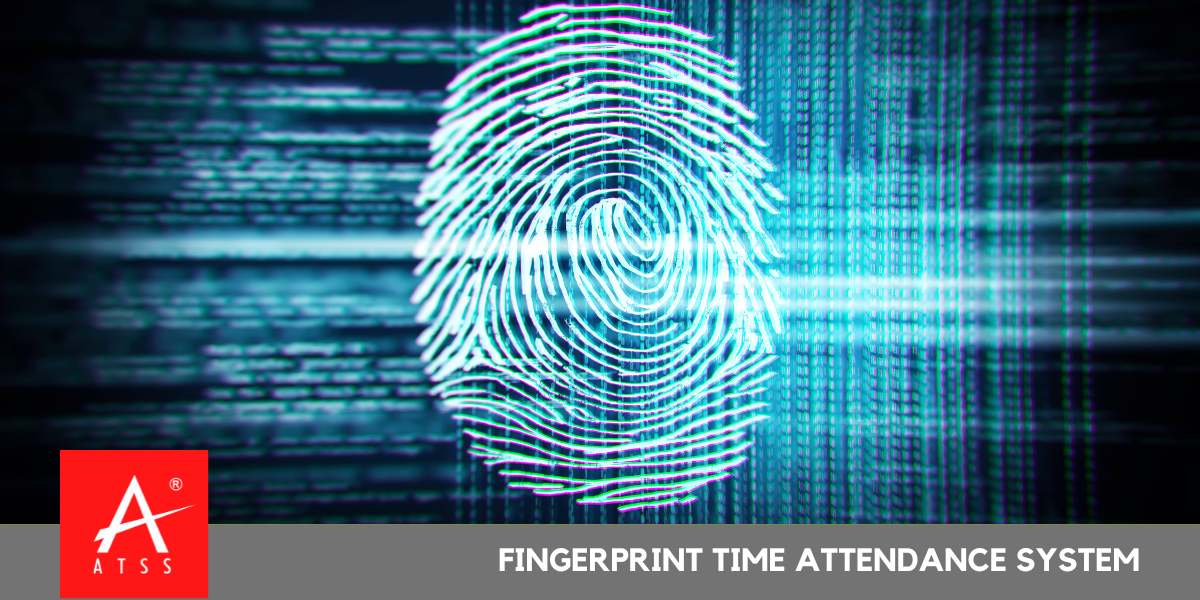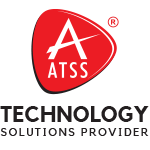
Fingerprint Time Attendance System
Biometric Fingerprint Time Attendance Systems
Fingerprint Time Attendance System: Still have more questions about time and attendance systems? No problem. Here are a number of questions and answers that may help you come to a decision.
Fingerprint Time Attendance System is a smart, accurate, and reliable system for keeping track of employee attendance. The software allows you to accurately monitor work hours and ensure compliance with labor laws such as overtime, lunch break, and shift duration.
Fingerprint Time Attendance System is a robust standalone solution for single-site or multi-site installations. It gives you the flexibility to configure access privileges, attendance policies, and time off regulations for all your employees.
Time and Attendance FAQs
Q. How are time and attendance systems different from traditional time clocks?
A. Comparing time clocks to a fully featured time-tracking system is like comparing a bicycle to a sports car. Time clocks require manual entry and rely on a lot of people remembering to do a lot of things every single day.
And no matter how dedicated, smart or savvy your employees are, they’re only human. Any manual timekeeping system is prone to duplicate entries, guesswork, and a lot of time on the back end collecting and manually entering the data.
On the other hand, time and attendance systems log hours, job codes, and information about breaks and paid time off digitally and in real-time.
There’s no guesswork involved. When payroll rolls around, it literally takes a few minutes to scan, approve and push the time data into your accounting engine to run payroll. Not to mention, cloud-based time tracking also gives you access to an entire set of features you don’t have with a manual system.
Q. What type of time clocks are compatible with time and attendance systems?
A. Time clocks come in a variety of options. Gone are the days of simple punch time clocks. Today’s time clocks collect time in several different ways, including via punch cards, magnetic swipe cards, bar codes, PINs, and biometrics, such as fingerprints or facial scans.
Q. Is there a difference between a time and attendance system and a biometric time and attendance system?
A. Any time and attendance system that works with a biometric time clock is a biometric time and attendance system. Because nearly every time and attendance solution that works with physical time clocks offer biometric options, there is very little difference between the two types of systems.
Biometric time clocks are typically used by businesses that are concerned about buddy punching.
Buddy punching refers to the act of one employee clocking in or out for another. Biometrics are often used to verify who is performing the action.
The only time and attendance systems that don’t have biometric options are those that don’t incorporate biometric time clocks and instead rely only on computers and mobile devices to punch employees in and out.
Q. Do you have to use a time clock with a time and attendance system?
A. No. Many businesses find it easier and cheaper to have their employees clock in and out only through the computer, mobile app, or telephone.
Every business is different. There’s not one right way to track time. The right way is what’s best, easiest, and most efficient in a given business.
Not paying the additional costs for a time clock is an appealing option for businesses not worried about buddy punching. Those that are worried about employees clocking in and out for their late or absent peers would be best served by a system that works with a biometric time clock.
Q. Are time and attendance systems only good for businesses with hourly employees?
A. While on the surface it might seem like time and attendance systems are only necessary for businesses with hourly workers, businesses with salaried employees also get tremendous value from these systems.
With salaried workers, there isn’t the same need to calculate overtime; however, from a business standpoint, there is a lot of value in tracking how they allocate their time. A business cannot fully understand its costs, nor properly gauge profitability, without tracking its labor costs.
In addition, businesses with salaried employees can benefit from the scheduling and accrual aspects of the system.
Q. How do time and attendance systems work for remote employees?
A. Time and attendance systems use GPS technology to monitor remote employees via mobile devices. Some systems use geofencing to limit where employees can clock in and out, while others use geolocation technology to record exactly where workers are when they punch in and out.
Some systems use geolocation to track employees throughout the day, not just where they are starting and ending their shifts.
When an employee changes locations while on the clock, the app records a GPS ping. When you look at a map or a schedule that’s integrated with your time and attendance system, you can see a map of all the pings throughout the day for an employee. Many businesses use this feature for payroll accuracy, dispatching or job site efficiency, and employee security and accountability.
Q. How do time and attendance systems integrate with payroll systems?
A. Time and attendance systems integrate with payroll systems by allowing you to seamlessly transfer your time and attendance data into your payroll program with just the punch of a button.
Integrating a time and attendance solution with your payroll solution increases accuracy and efficiency for both administrators and employees.
The common benefits of this integration are that it avoids the dual entry of data, minimizes the day-to-day upkeep of data, decreases the likelihood of a misconnect or error, and streamlines the data management process.
Finding a time and attendance system that easily integrates with your payroll solution is crucial.
With payroll being the single largest line item on most businesses’ P&L statements, making sure it’s accurate is equally important to the employer as it is to the employee.
Q. How do time and attendance systems manage paid time off?
A. Time and attendance systems manage paid time off in several ways. The first is that they can track how much time off employees have earned and used.
More advanced systems are capable of accruals, including paid sick leave accruals, which are based on hours worked rather than the passage of time.
Some time and attendance systems can also handle the request and approval process. This allows employees to ask for time off directly within the system and managers to either approve or deny those requests.
More sophisticated systems can manage the variety of time-off policies that different employers have in place. For example, allowing employees to go negative with their balances or the ability to forecast their balance for a requested future date.
Since these systems offer an easy and efficient way to track the exact hour’s employees work and any overtime pay they may be due, a number of employers are seeing the benefit of time and attendance solutions. By installing these systems now, even though the law is under appeal, businesses can at least start to plan for what the proposed overtime law will mean for their payroll costs.

